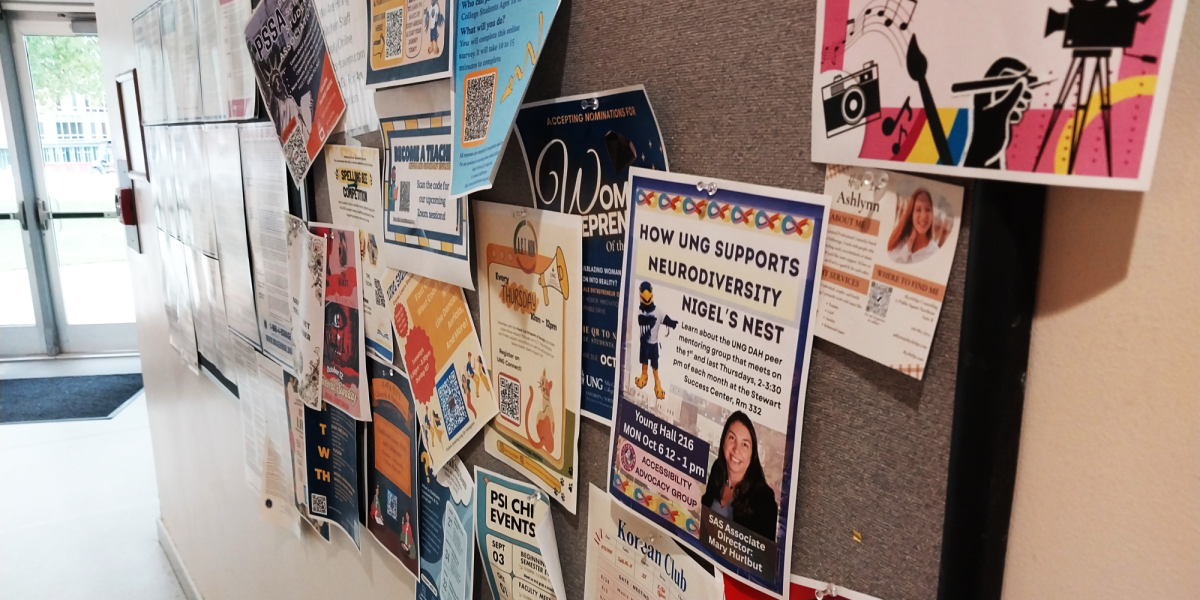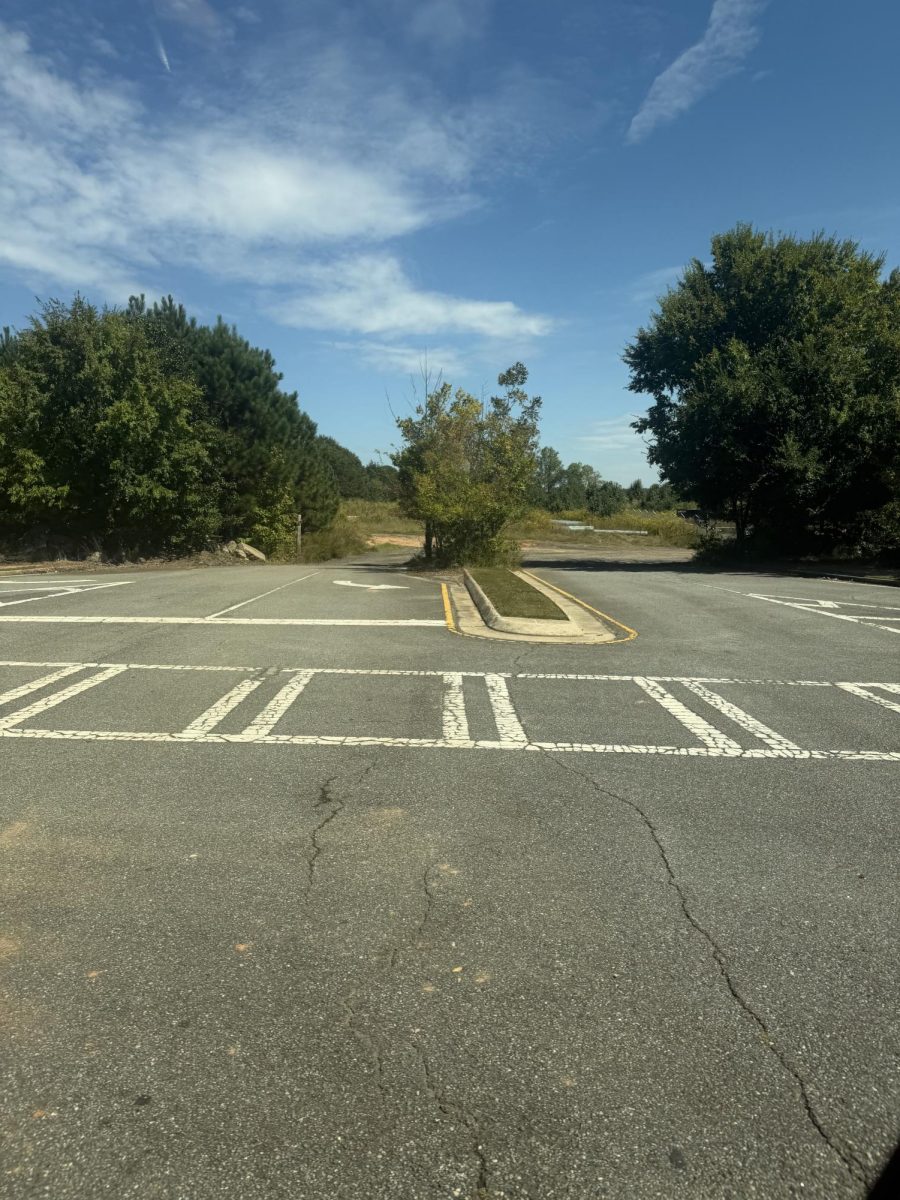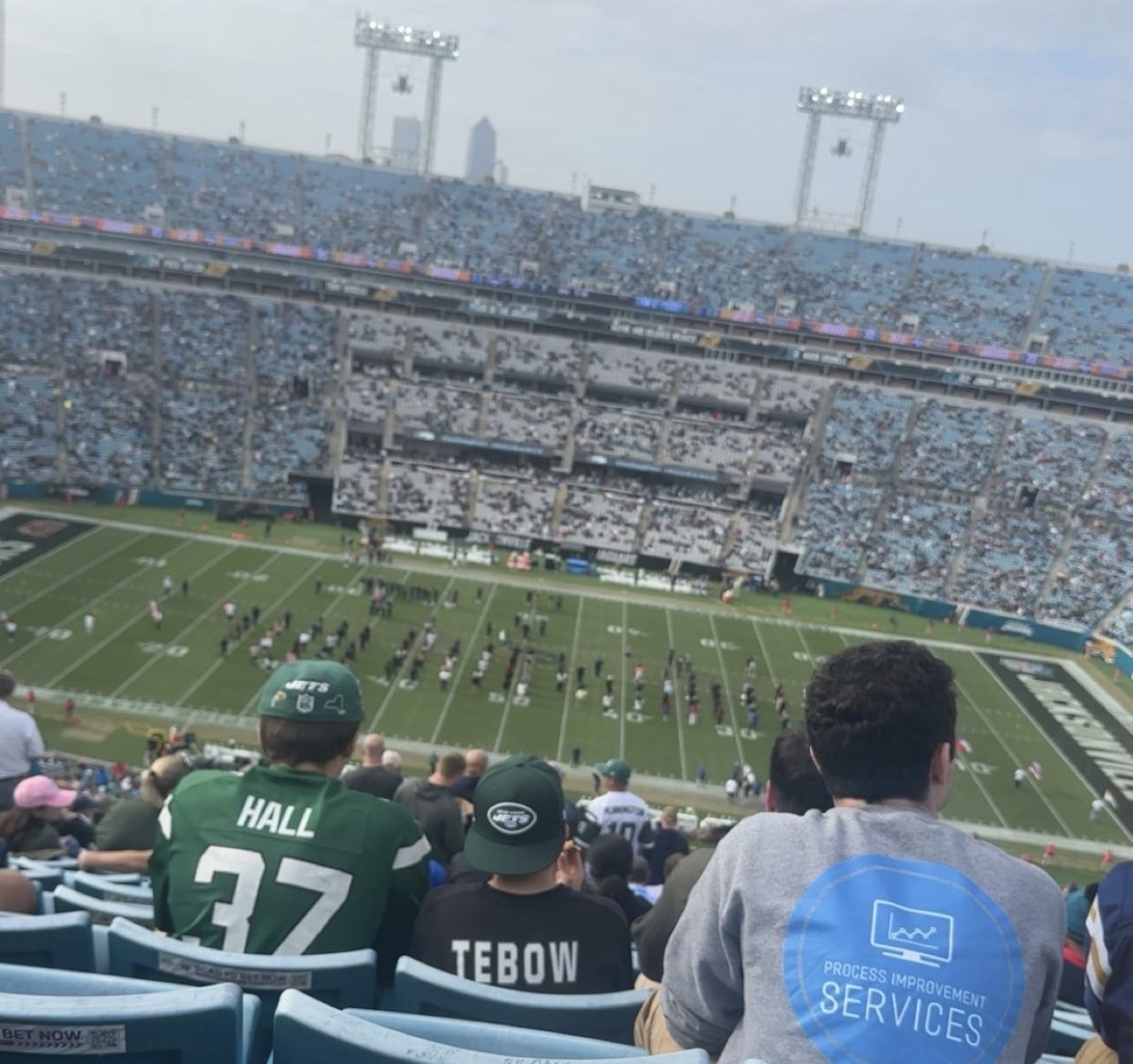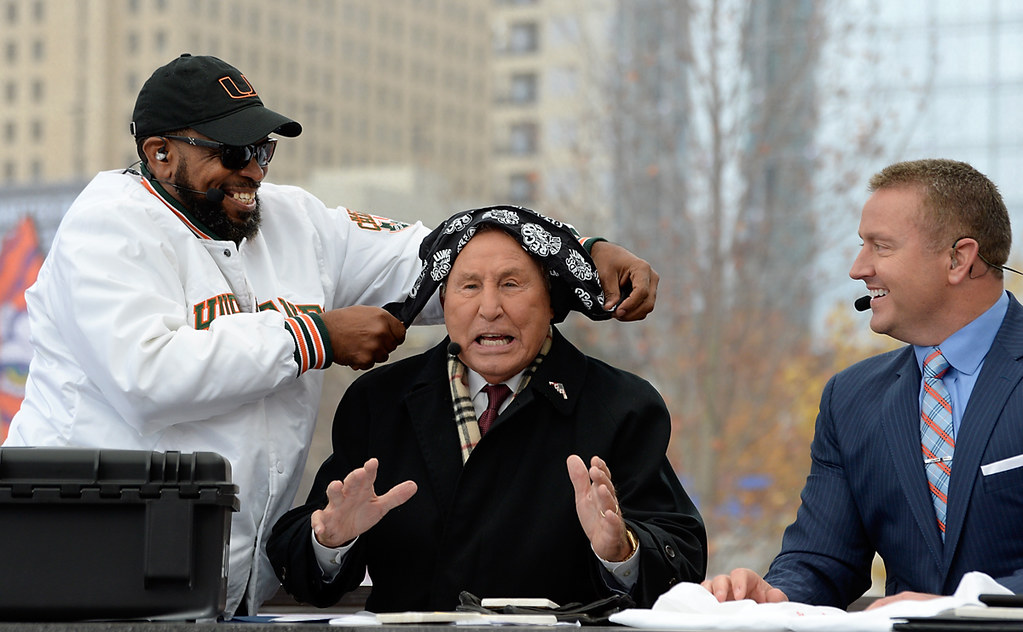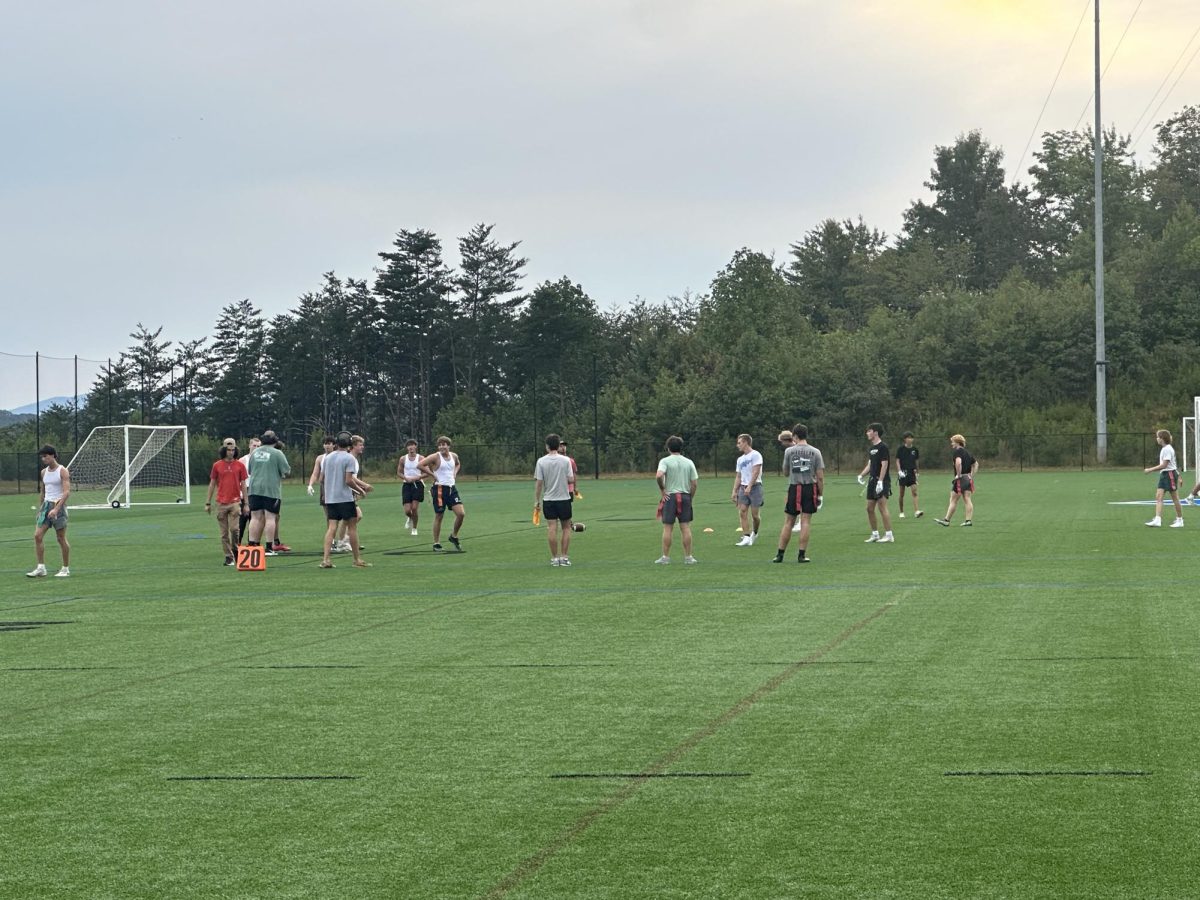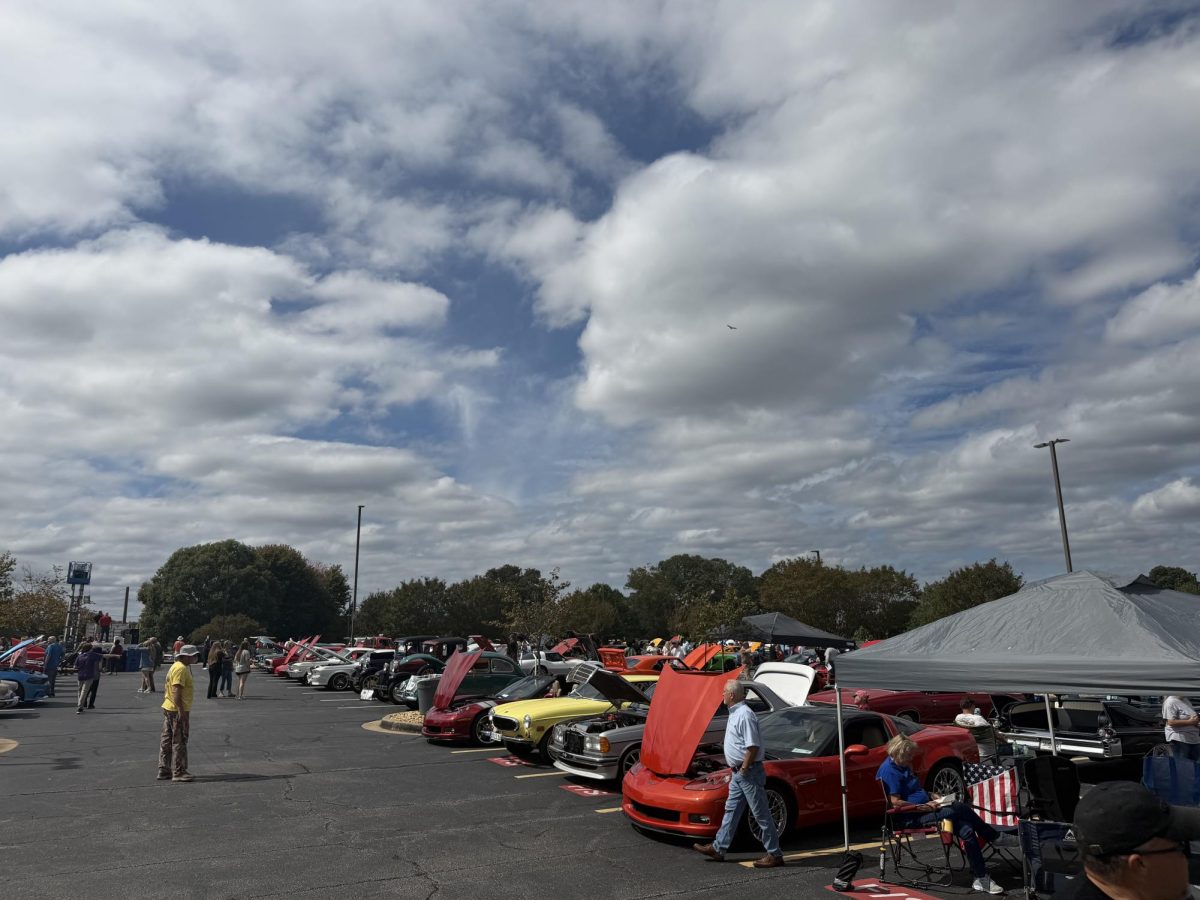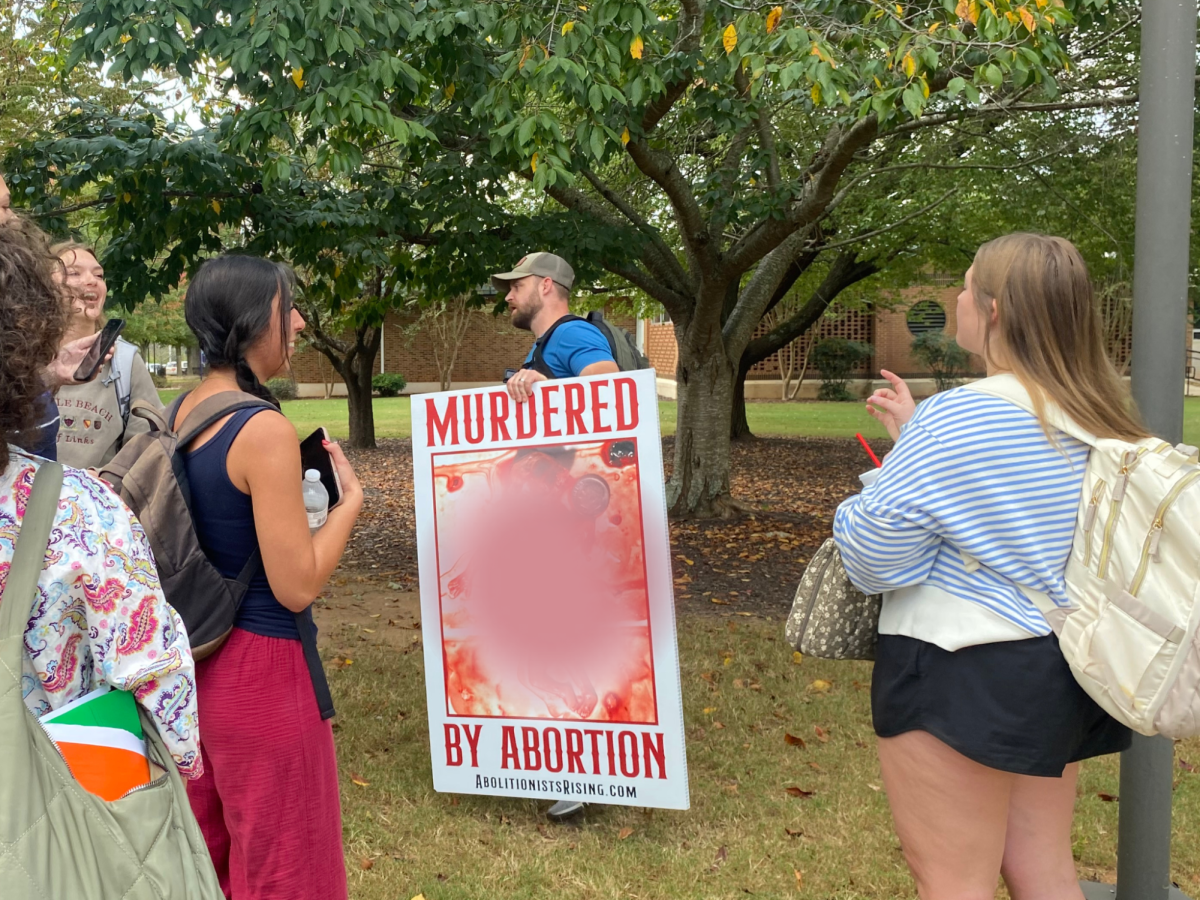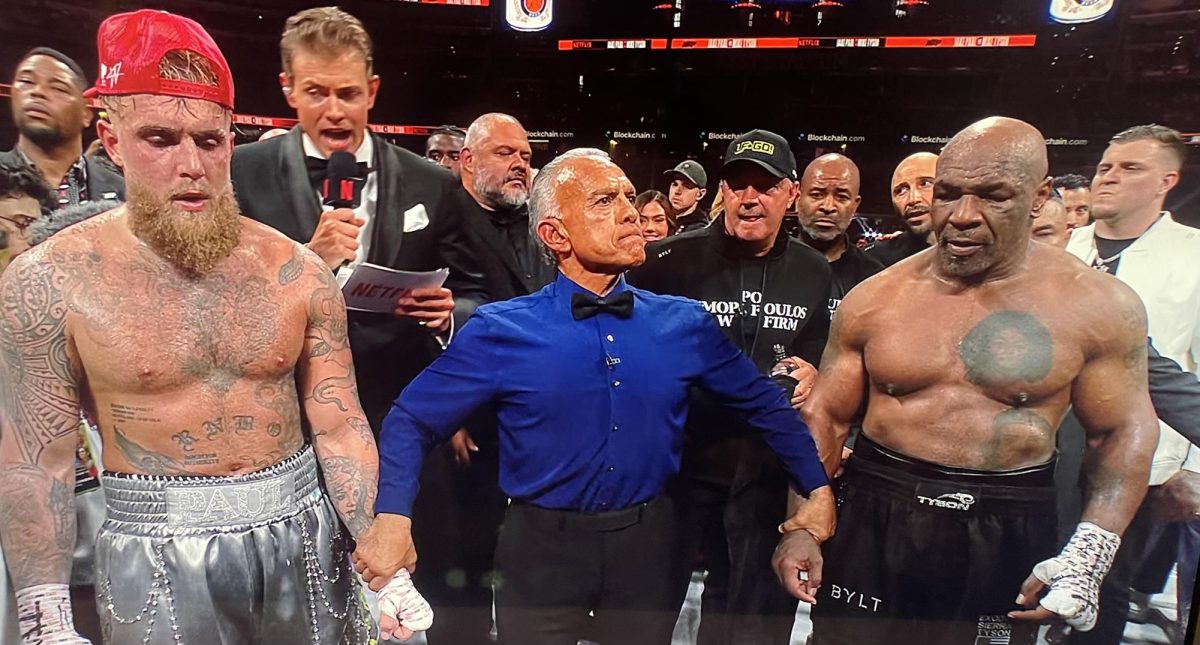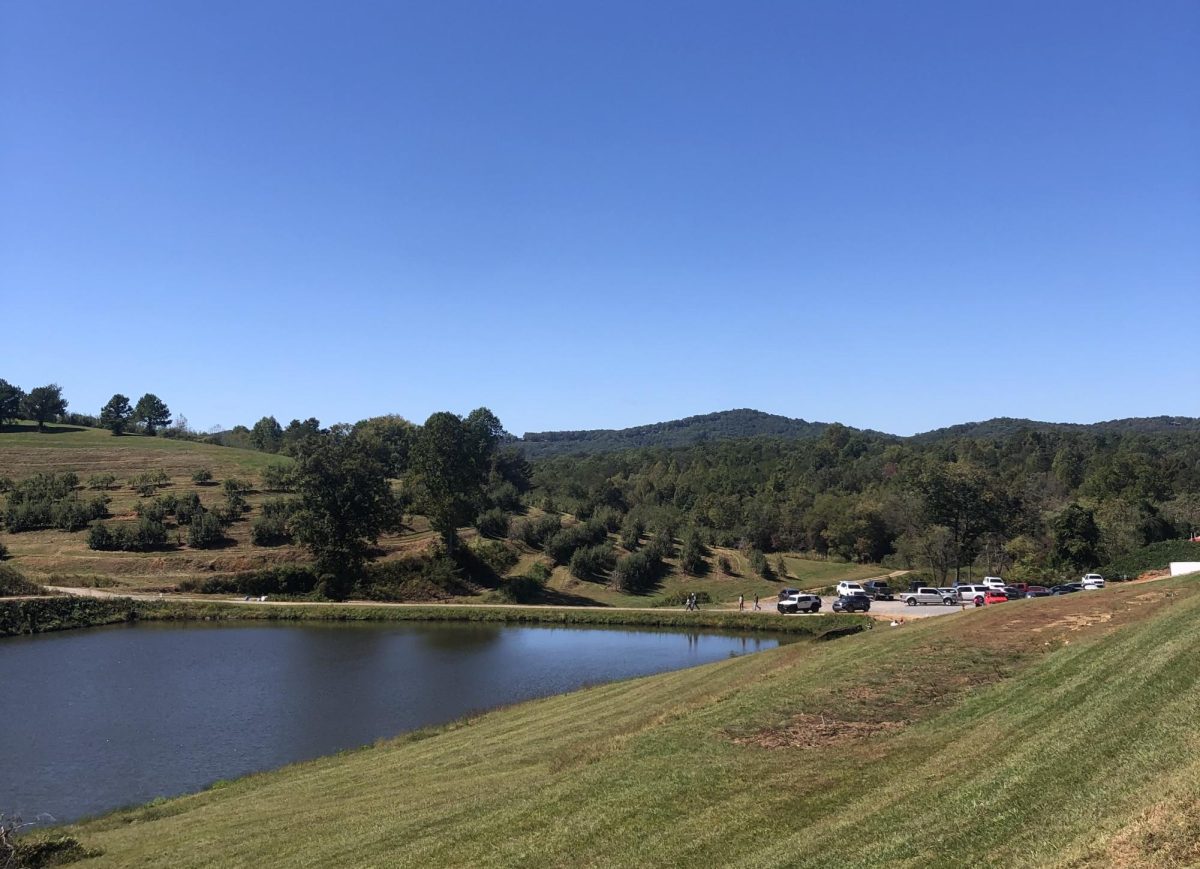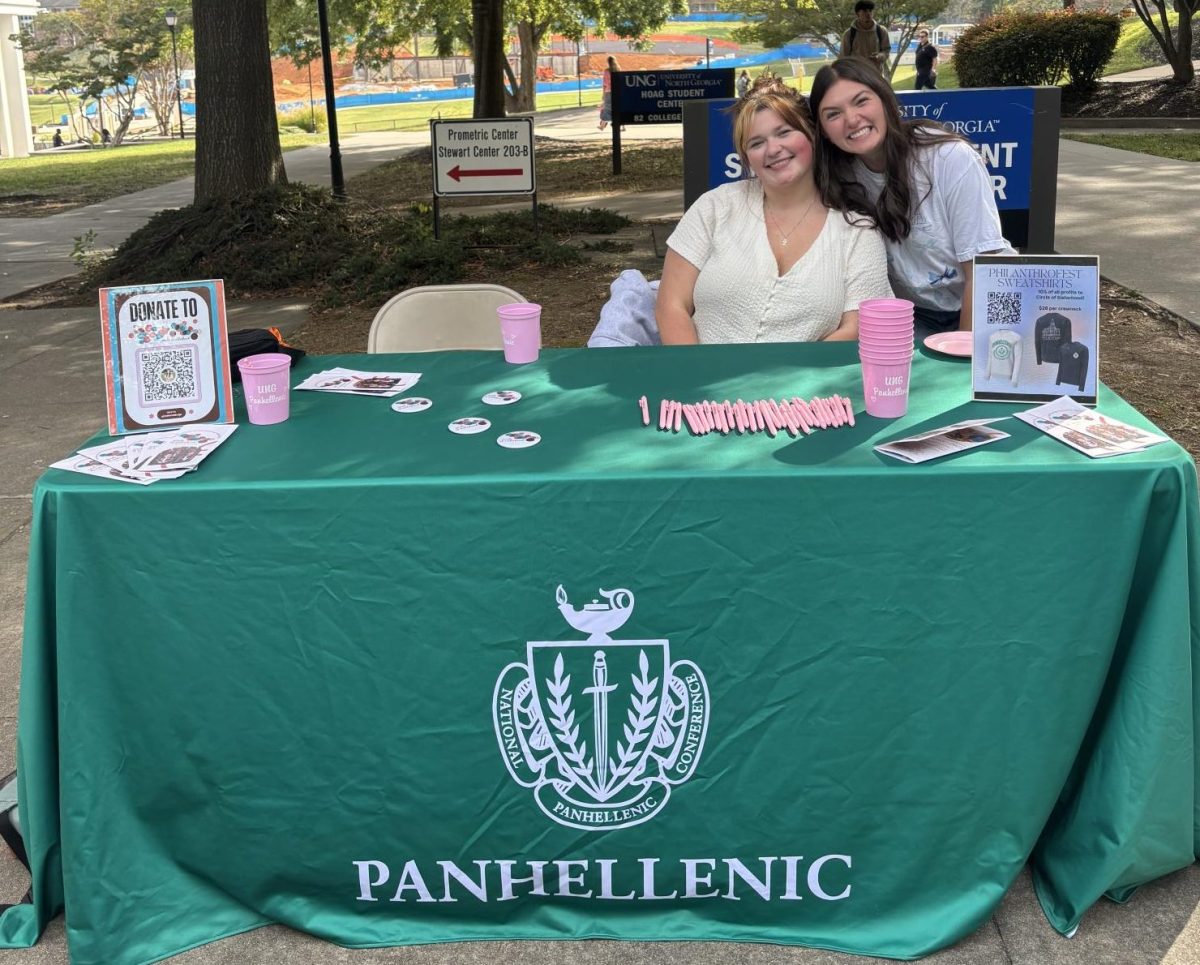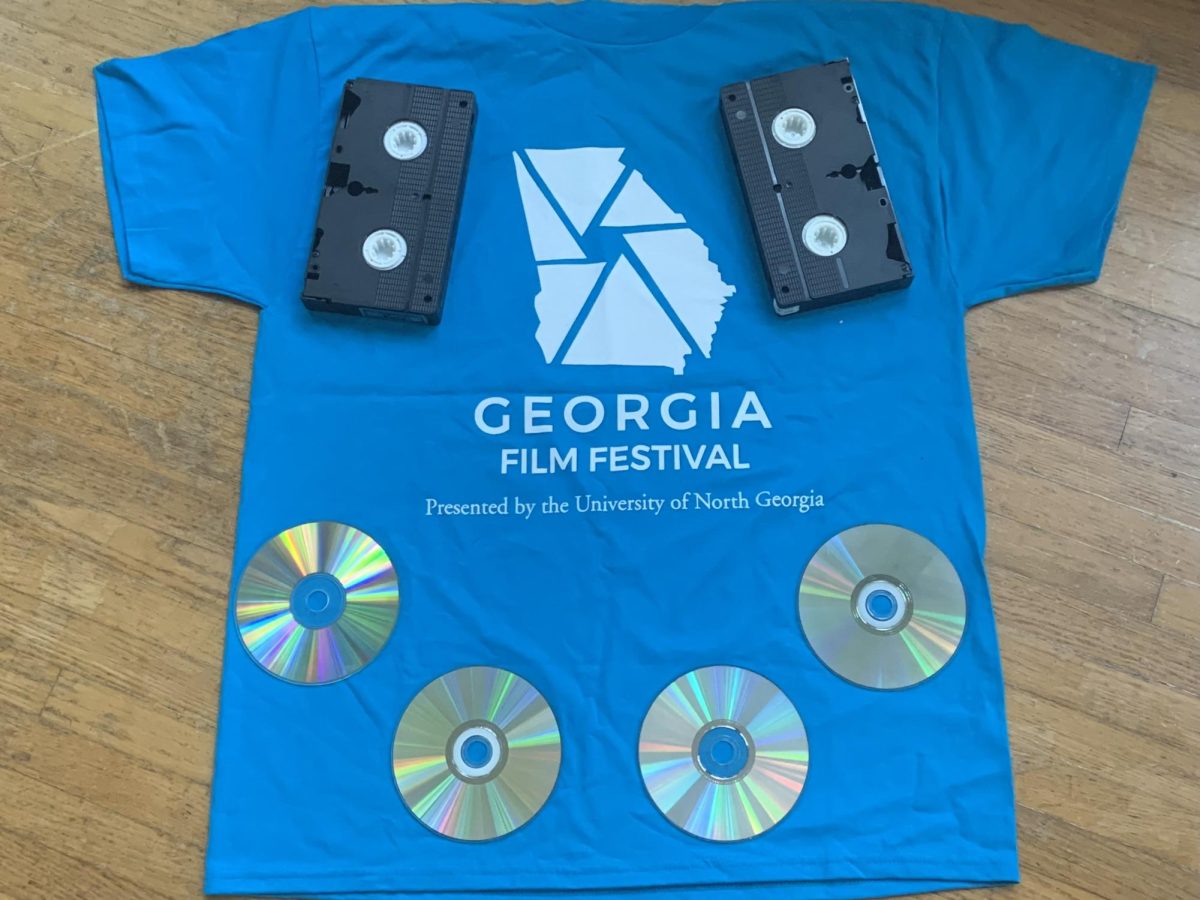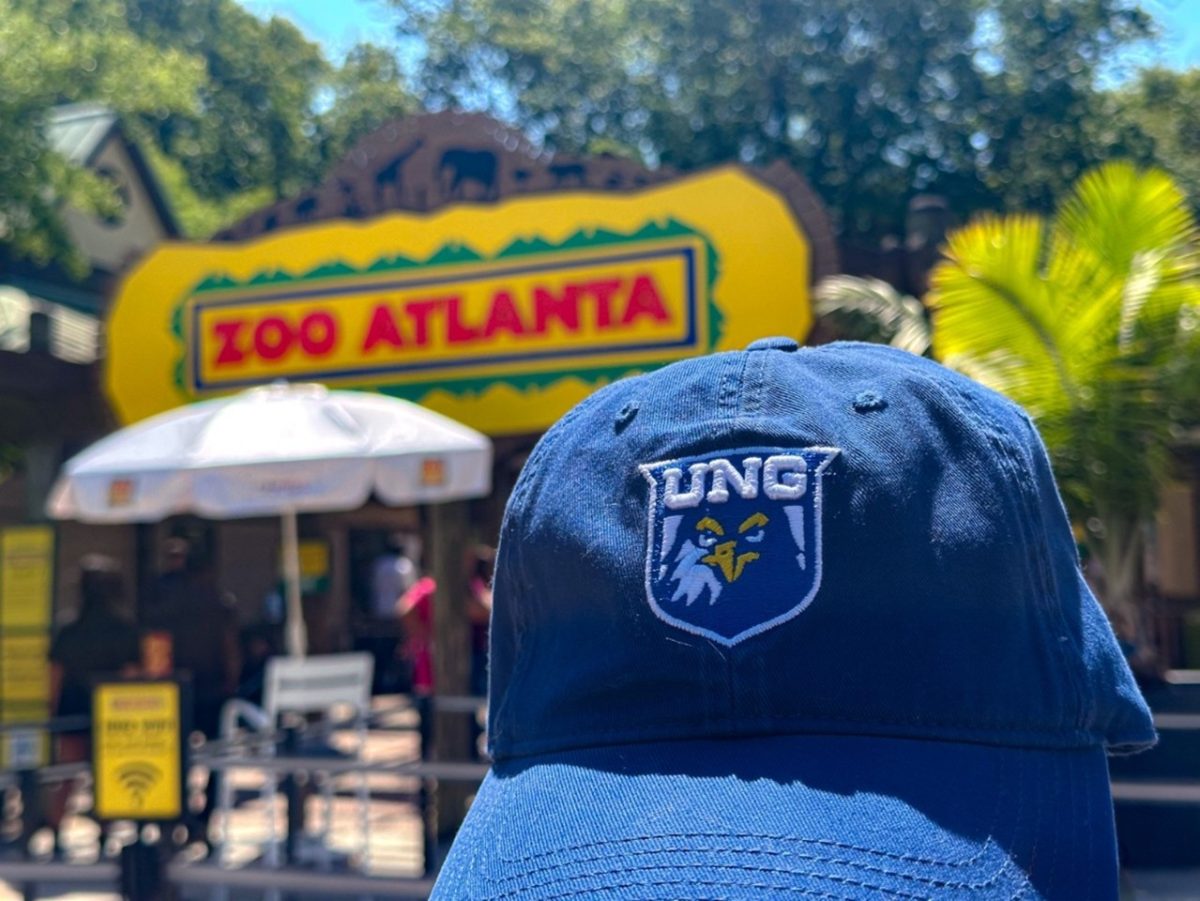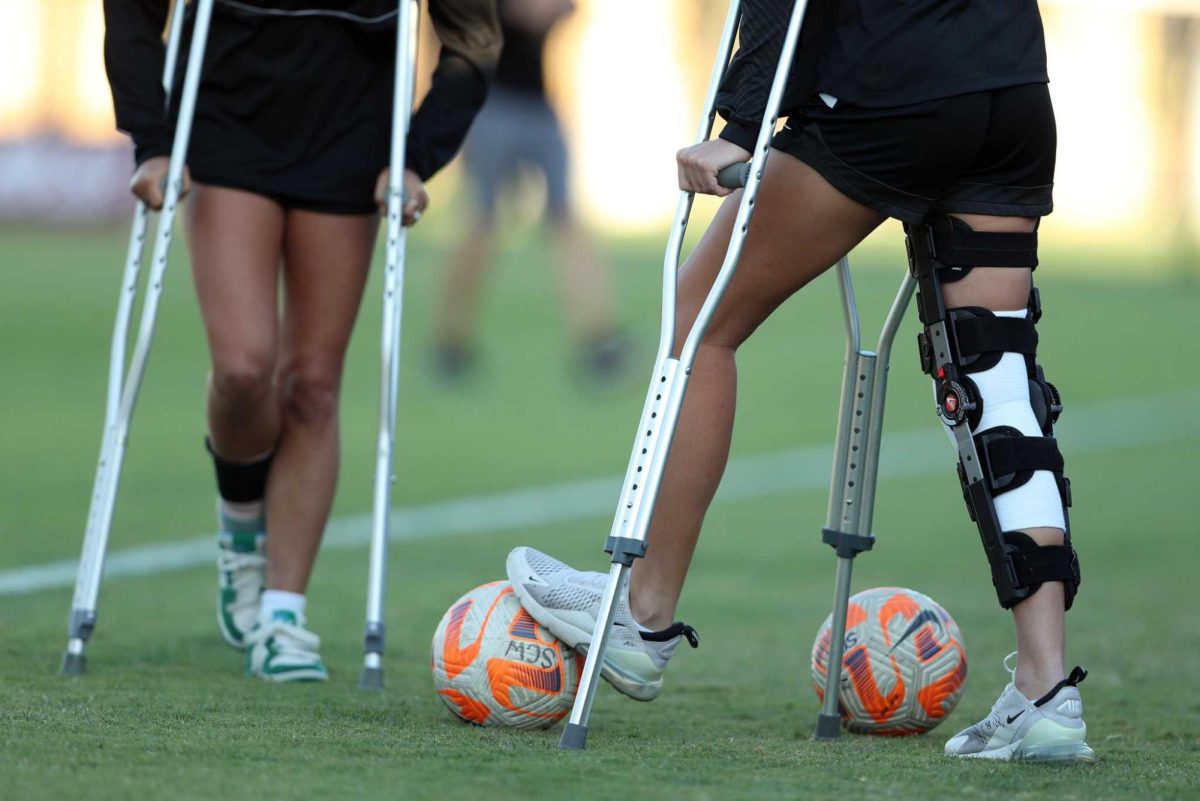According to a study from Leading Tree, one in three high schoolers participate in sports. Students who participate in sports could potentially be at risk of injuring themselves. The most common injuries are sprains, strains and tears and are commonly found in joints like the knee, ankle and wrist. The sport that has the most injuries is, America’s most popular sport, football. This sport was ranked the highest in injuries amongst high school athletes resulting in concussions, knee and ankle sprains or strains.
These constant sprains or strains could be a result of constant over use and high intensity usage. For example, Creekview is a local high school in Cherokee County where their soccer team plays two games a week and practice three days a week on an artificial turf field.
The games are typically 40 minutes long, played on artificial turf and players put their bodies on the line for their school team. Jesey Murdock, the coach for Creekview’s varsity men’s soccer team, said, “This team means everything to some of these players and they will do anything to win the ball.”
In their most recent game against Cherokee High School, Creekview varsity players received four yellow cards for tackles against the Cherokee players and picked up three minor injuries while playing, a knee and ankle strain and a turf abrasion resulting in the player being dismissed from playing due to the amount of bleeding.
“It is worrying seeing players get hurt. There is always a trainer on the field to make sure players are taken care of.” – Jesey Murdock, Creekview High School varsity men’s soccer coach
Klaytin “Klay” Fann, a local physical therapist who works at Benchmark Therapy, said, “I do see quite a few high schoolers come in with the common injuries like the typical sprains, strains and tears but nothing we can’t try and fix.”
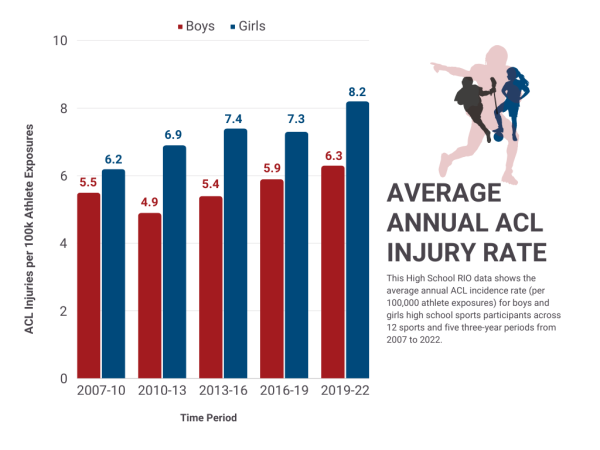
High schoolers put a lot of strain on their growing bodies when they play their sport five days a week while also playing on turf.
A study conducted by Johnson about the science behind grass fields and turf fields showed a significant difference between the two fields. The study found that there was a 16% higher risk of sustaining an injury and a 20% higher risk of a non-contact injury on turf fields compared to grass fields.
The National Football League also conducted a study stating that synthetic artificial turf fields can cause more injuries than typical grass fields.
The Johnson study showed higher risk due to playing on an artificial turf field. The harder playing surface makes it more difficult for the player to stop or slow down resulting in a greater risk in ACL tears, foot and ankle strains or sprains.
Murdock suggested to his players after the game to “rest, take ice baths and take it easy,” the day after the game coach Murdock decides not to practice on the field, but to instead watch the film of the game from the previous day. “This gives players a rest and being able to be off the field to help lessen the injuries while still learning what we can still work on inside the classroom,” Murdock said.
Fann also suggested that high schoolers that do play sports should do some activation stretches to help warm ups instead of just jumping into practice or games. Fann said that players should enjoy playing, just not at a high intensity level for long periods of time, as it can cause more damage to the body.

